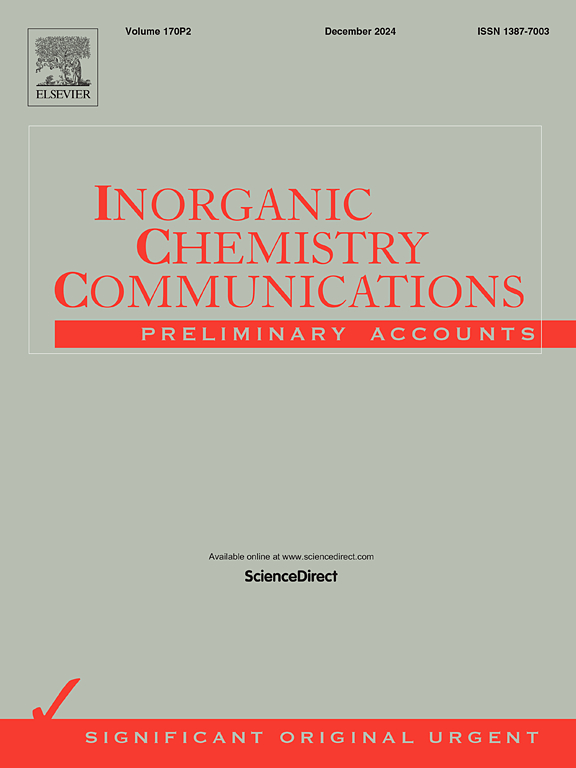Two-step synthesis of stannic oxide and its electrochemical properties as lithium-ion battery anode
IF 4.4
3区 化学
Q1 CHEMISTRY, INORGANIC & NUCLEAR
引用次数: 0
Abstract
Stannic oxide, also known as tin (IV) oxide (SnO2), is commonly synthesized from a chemical derivative of a tin compound as an important inorganic compound as an anode material in lithium-ion batteries (LiB). This study developed a two-step synthesis technique, comprising alkaline degradation and thermal oxidation, to produce SnO2 from pure tin metal as the precursor. The results indicate a morphological change from Sn metal to SnO2 was observed, highlighted by a cavity structure at 500 °C to an interconnected network of individual SnO2 particles at 900 °C. These changes concurrently indicate the phase composition change of sodium-based compounds into pure cassiterite SnO2 at 900 °C. In this current research, the electrochemical properties of SnO2, with a purity level of 98.6 % and a yield ranging from 90 to 92 wt%, were also investigated. The electrochemical performance of cassiterite SnO2 deteriorated, evidenced by capacity loss, a negative trend in specific capacity, and irregular reduction and oxidation regions due to cyclic treatment. The initial discharge capacity of 770 mAh g−1 at 0.1C gradually decreases with a capacity loss of 29.9 % and maintains a cycle retention rate of 45 % after 100 cycles. The particle size expansion, high oxygen concentration, and reduced tin content after cyclic treatment are critical contributors to the degradation of electrochemical properties. The relationship among morphological structure, phase composition, and electrochemical properties is extensively investigated.

求助全文
约1分钟内获得全文
求助全文
来源期刊

Inorganic Chemistry Communications
化学-无机化学与核化学
CiteScore
5.50
自引率
7.90%
发文量
1013
审稿时长
53 days
期刊介绍:
Launched in January 1998, Inorganic Chemistry Communications is an international journal dedicated to the rapid publication of short communications in the major areas of inorganic, organometallic and supramolecular chemistry. Topics include synthetic and reaction chemistry, kinetics and mechanisms of reactions, bioinorganic chemistry, photochemistry and the use of metal and organometallic compounds in stoichiometric and catalytic synthesis or organic compounds.
 求助内容:
求助内容: 应助结果提醒方式:
应助结果提醒方式:


